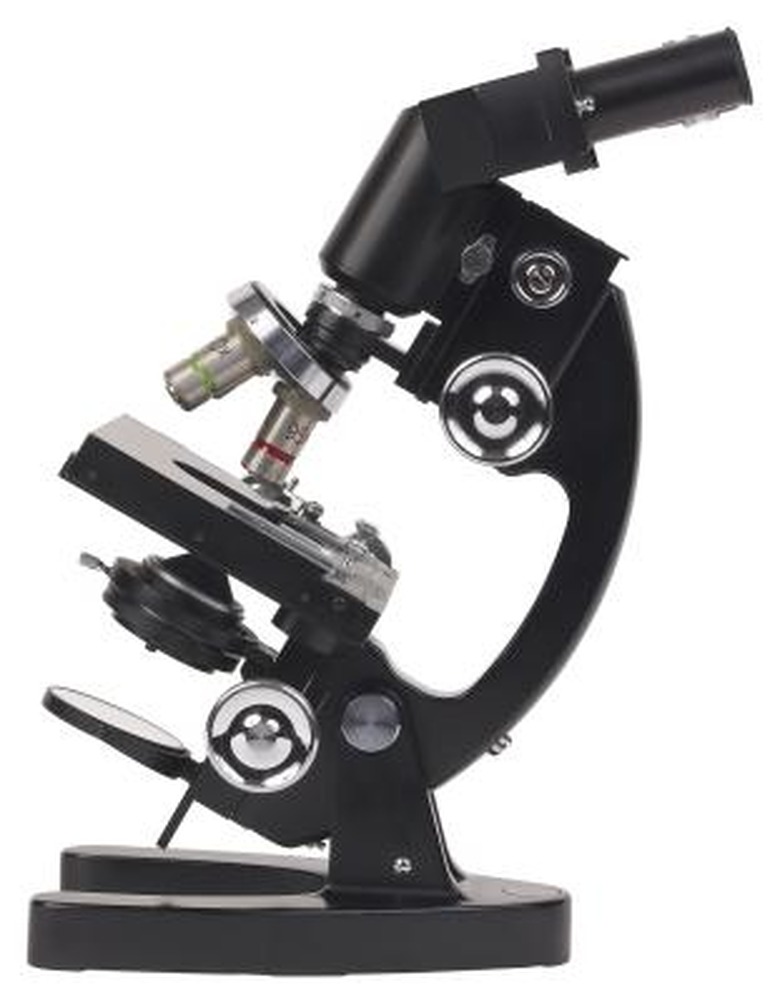How Does A Microscope Magnify Objects?
Microscopes have been used to observe tiny objects for thousands of years. The most common type, the optical microscope, magnifies these objects with lenses that bend and focus the light.
Function
Function
When an object is viewed through a magnifying lens, the light is bent towards the center. When the bent light reaches the eye, the object appears bigger than it really is. This was first noted in ancient times with objects viewed through water and pieces of crystal.
History
History
Early scientists used drops of water suspended from small holes in wood or metal frames. By the Renaissance, the water had been replaced with glass lenses. In the 17th Century, Dutch scientist Antonie van Leeuwenhoek made the first observations of microscopic organisms with a high-quality lens mounted between brass plates.
Compound Microscopes
Compound Microscopes
In the 16th and 17th Centuries, European scientists began using several lenses together to improve their observations, creating the compound microscope. In a compound microscope the image produced by the first lens is further magnified by a second lens and that image is magnified by a third .
Electron Microscope
Electron Microscope
In 1931, German scientist Ernst Ruska developed the first electron microscope. Electron microscopes focus a beam of electrons through a magnetic lens. Since electrons have smaller wavelengths than light, higher magnification is possible, permitting the observation of the submicroscopic and subatomic world.
Cite This Article
MLA
III, Frank B. Chavez. "How Does A Microscope Magnify Objects?" sciencing.com, https://www.sciencing.com/microscope-magnify-objects-7620284/. 24 April 2017.
APA
III, Frank B. Chavez. (2017, April 24). How Does A Microscope Magnify Objects?. sciencing.com. Retrieved from https://www.sciencing.com/microscope-magnify-objects-7620284/
Chicago
III, Frank B. Chavez. How Does A Microscope Magnify Objects? last modified March 24, 2022. https://www.sciencing.com/microscope-magnify-objects-7620284/
